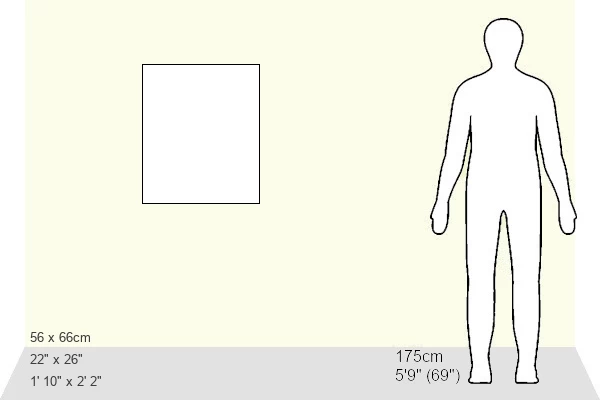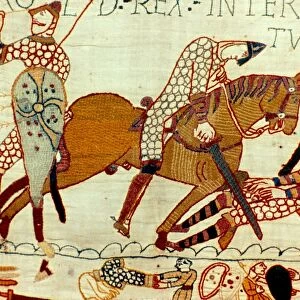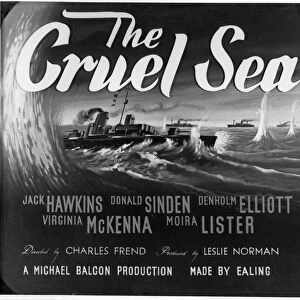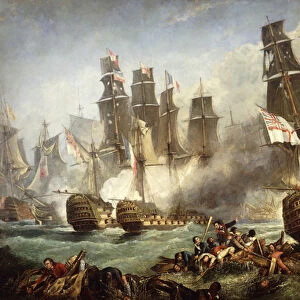Fine Art Print > Arts > Artists > W > Charles White
Fine Art Print : The difference engine of the Babbage Calculating Machine, invented by Charles Babbage in 1822, made to compute values of polynomial functions. From The Strand Magazine, published 1896
![]()

Fine Art Prints from Fine Art Finder
The difference engine of the Babbage Calculating Machine, invented by Charles Babbage in 1822, made to compute values of polynomial functions. From The Strand Magazine, published 1896
745842 The difference engine of the Babbage Calculating Machine, invented by Charles Babbage in 1822, made to compute values of polynomial functions. From The Strand Magazine, published 1896 by English School, (19th century)
Media ID 28652401
© Bridgeman Images
1822 Calculating Calculator Charles Babbage Computer Difference Engine Functions Invented Machine Machinery Made Mechanical Technological Values Babbage Computing
20"x16" (+3" Border) Fine Art Print
Step into the captivating world of scientific innovation with our exquisite fine art print of The Difference Engine of Charles Babbage's Calculating Machine. This mesmerizing piece, taken from The Strand Magazine, published in 1896, showcases the intricate details of this remarkable invention. Engineered in 1822, The Difference Engine was designed to compute values of polynomial functions, marking a significant milestone in the history of computing. Bring the enigma of this engineering marvel into your home or office, and let the timeless beauty of this fine art print ignite your imagination and inspire your mind.
20x16 image printed on 26x22 Fine Art Rag Paper with 3" (76mm) white border. Our Fine Art Prints are printed on 300gsm 100% acid free, PH neutral paper with archival properties. This printing method is used by museums and art collections to exhibit photographs and art reproductions.
Our fine art prints are high-quality prints made using a paper called Photo Rag. This 100% cotton rag fibre paper is known for its exceptional image sharpness, rich colors, and high level of detail, making it a popular choice for professional photographers and artists. Photo rag paper is our clear recommendation for a fine art paper print. If you can afford to spend more on a higher quality paper, then Photo Rag is our clear recommendation for a fine art paper print.
Estimated Image Size (if not cropped) is 36.7cm x 50.8cm (14.4" x 20")
Estimated Product Size is 55.9cm x 66cm (22" x 26")
These are individually made so all sizes are approximate
Artwork printed orientated as per the preview above, with portrait (vertical) orientation to match the source image.
FEATURES IN THESE COLLECTIONS
> Fine Art Finder
> Artists
> English School
> Fine Art Finder
> Temp Classification
> Arts
> Artists
> W
> Charles White
> Arts
> Literature
> Magazines
EDITORS COMMENTS
This print showcases the remarkable invention known as the difference engine of the Babbage Calculating Machine. Invented by Charles Babbage in 1822, this mechanical marvel was designed to compute values of polynomial functions with incredible precision. Published in The Strand Magazine in 1896, this image captures a pivotal moment in technological history. The intricate machinery depicted here represents a significant leap forward in computing technology during the 19th century. With its complex system of gears and levers, the difference engine revolutionized mathematical calculations, paving the way for future advancements in computer science. Charles Babbage's visionary creation not only demonstrated his ingenuity but also laid the foundation for modern-day computers. This photograph allows us to appreciate both the elegance and complexity of his design, showcasing how far we have come since its inception. As we gaze upon this snapshot from an era long gone, it serves as a reminder of humanity's relentless pursuit of innovation. It is a testament to our ability to harness technology to solve complex problems and push boundaries. Credit must be given to Ken Welsh for capturing this historic artifact through his lens. Through his artistry, he has preserved an important piece of scientific history that continues to inspire generations fascinated by both past achievements and future possibilities.
MADE IN THE USA
Safe Shipping with 30 Day Money Back Guarantee
FREE PERSONALISATION*
We are proud to offer a range of customisation features including Personalised Captions, Color Filters and Picture Zoom Tools
SECURE PAYMENTS
We happily accept a wide range of payment options so you can pay for the things you need in the way that is most convenient for you
* Options may vary by product and licensing agreement. Zoomed Pictures can be adjusted in the Cart.








